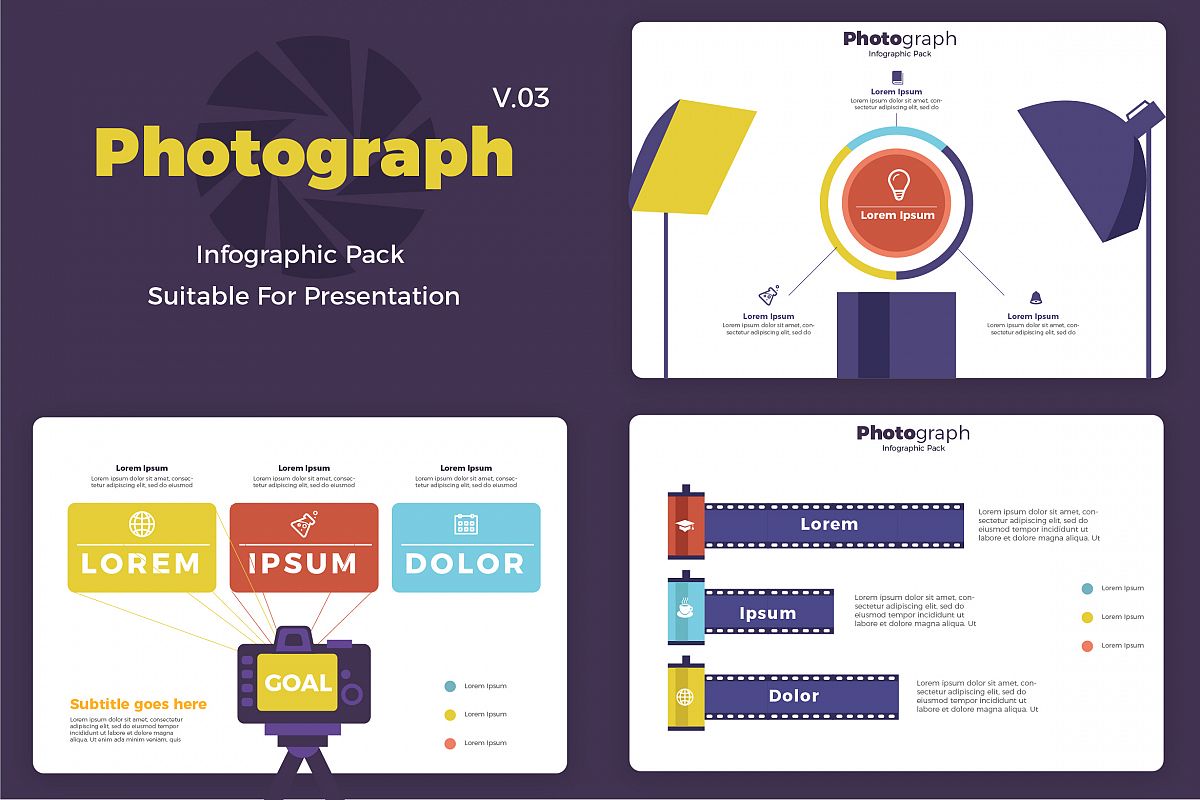Join Us To Discover Essential Digital Photography Pointers That Will Certainly Unlock Your Video Camera'S Potential-- Prepare To Record Stunning Pictures In No Time At All!
Join Us To Discover Essential Digital Photography Pointers That Will Certainly Unlock Your Video Camera'S Potential-- Prepare To Record Stunning Pictures In No Time At All!
Blog Article
Short Article Developed By-Lindgreen Elmore
When you initially get your cam, it can feel overwhelming with all the setups and choices offered. You may find yourself asking yourself exactly how to browse aperture, shutter speed, and ISO successfully. Grasping these fundamentals is important, but there's even more to photography than just technical knowledge. Recognizing structure methods and lights conditions can raise your images substantially. So, suppose you could find out basic strategies to improve your abilities and start capturing excellent photos quicker than you assume? Allow's discover exactly how to change your digital photography journey.
Comprehending Cam Settings
Comprehending your cam settings is vital for capturing magnificent photos. When you pick up your cam, acquaint on your own with the 3 main setups: aperture, shutter rate, and ISO. Each plays a vital duty in exactly how your images end up.
Start with aperture, which regulates the amount of light entering the lens. A larger aperture (reduced f-number) lets in extra light and produces a lovely background blur, best for pictures. Alternatively, a narrower aperture (greater f-number) keeps more of the scene in emphasis, suitable for landscapes.
Next, focus on shutter rate. This setting determines how long your video camera's sensing unit is subjected to light. A quick shutter speed ices up activity, which is terrific for action shots, while a slow-moving shutter rate can develop spectacular impacts like smooth water in landscapes.
Last but not least, adjust your ISO. This setup impacts your video camera's sensitivity to light. https://writeablog.net/piedad39miquel/exactly-how-to-find-your-one-of-a-kind-design-as-a-professional-photographer in low-light circumstances yet can introduce noise or grain. Go for the lowest ISO possible while still accomplishing appropriate direct exposure.
Make-up Strategies
When you're out capturing, structure can make all the distinction in how your pictures resonate with audiences. Start by utilizing the policy of thirds; imagine your frame separated right into 9 equivalent sections with two straight and two vertical lines. Setting crucial elements along these lines or at their junctions to produce equilibrium and passion.
Next, consider leading lines. These all-natural lines in your scene, like roadways or rivers, draw the customer's eye into the photograph, leading them via the story you're telling.
Do not forget about mounting; usage components within your scene, like trees or home windows, to produce a framework around your topic, adding deepness and emphasis.
Likewise, watch on your history. Profile Photos can sidetrack from your major subject, while a basic one helps it stand apart.
Lastly, explore proportion and patterns; they can produce a striking photo that records interest.
Learning Lights Conditions
Understanding lights problems is essential for recording spectacular pictures, as the right light can transform a normal scene into something amazing.
Begin by observing natural light at different times of the day. Early mornings and late afternoons use the best light, called the golden hour. The soft, warm tones during these times can improve your pictures wonderfully.
Do not avoid cloudy days either; diffused light can minimize extreme shadows and create a pleasing result, specifically for portraits.
Try out backlighting by positioning your topic against the light source. This strategy can develop a wonderful halo impact and include deepness to your pictures.
Focus on your camera setups also. Readjust the ISO, aperture, and shutter speed to fit the lights problems. A greater ISO can aid in low light, but beware of grain.
Use a tripod in darker environments to stay clear of blur.
Last but not least, don't forget synthetic illumination. Flash and continuous lights can be wonderful devices for managing light in challenging problems.
recommended you read , understanding your camera does not have to be frustrating. By recognizing your settings, applying make-up strategies, and using the power of natural light, you'll swiftly boost your digital photography skills. relevant web-site in mind, practice makes perfect, so go out there and trying out your newfound understanding. With time and devotion, you'll be capturing spectacular pictures that reflect your unique perspective. Enjoy the journey, and do not forget to enjoy while you're at it!
